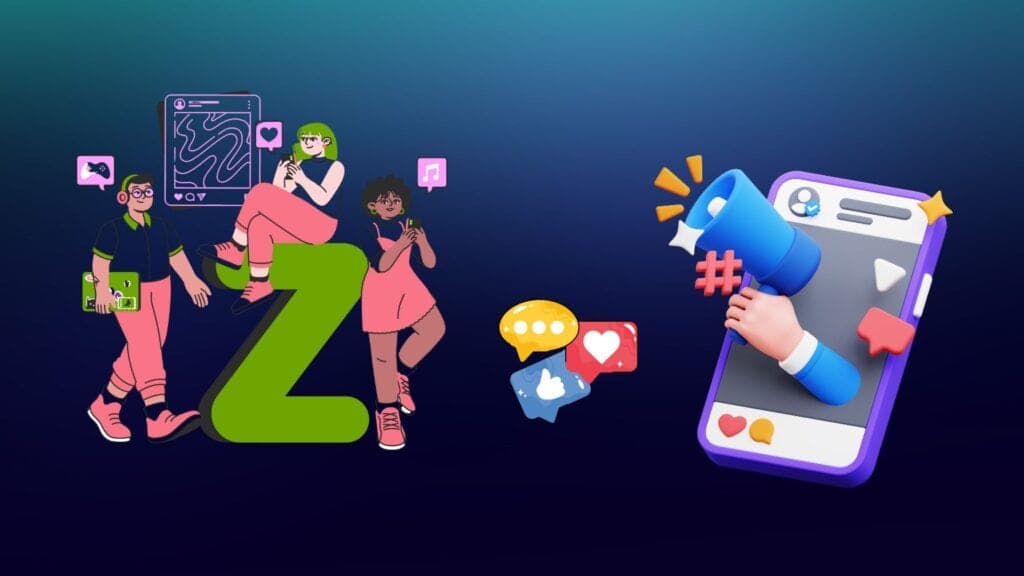LinkedIn's New AI Recommendations Drive 30% B2B Engagement Spike
By Alex Rivera • November 10, 2025 • 8 min read • 94 views

LinkedIn dropped a game-changer yesterday: AI-driven content recommendations that personalize feeds for B2B professionals. Early adopters report a 30% increase in engagement rates, turning passive scrolls into active conversations. If you're in B2B marketing, this isn't just another tweak—it's a shift that could redefine how you connect with decision-makers.
How LinkedIn's AI is Personalizing Professional Feeds
Think about your last LinkedIn scroll. Did it feel eerily spot-on, surfacing posts from industry peers or job openings that matched your interests? That's the magic of LinkedIn's new system. Powered by advanced machine learning, it analyzes user behavior, connections, and even external professional data to suggest content that resonates.
For marketers, this means your posts have a better shot at breaking through the noise. A recent beta test with 500 enterprise brands showed that recommended content saw 45% higher click-through rates compared to organic reach alone. Why? Because the AI prioritizes relevance over recency, ensuring users see value-packed updates rather than endless promotions.
Take Salesforce as an example. Their marketing team tested the feature last week and noted a 28% uptick in lead generation from a single thought-leadership post. It's not random; the algorithm weighs factors like post interaction history and user profile depth, creating a feedback loop that rewards quality.
The Tech Behind the Boost
At its core, this update leverages natural language processing to understand content themes—think industry jargon, trending topics like sustainability in tech, or skills gaps in cybersecurity. LinkedIn's data scientists, in a recent interview with TechCrunch, explained that the model draws from a dataset of over 1 billion professional interactions, making recommendations hyper-targeted.
But it's not all smooth sailing. Privacy advocates are watching closely, as the AI pulls from user-endorsed data sources. Marketers must now focus on compliant, value-driven content to avoid algorithmic penalties.
Implications for B2B Marketers in a Crowded Space
B2B social media has always been a marathon, not a sprint. With LinkedIn's user base hitting 1.1 billion active members as of Q3 2025, standing out requires more than clever copy. This AI rollout amplifies that challenge—and the opportunity.
Brands ignoring it risk fading into the background. Consider HubSpot's case study: After integrating AI-optimized posting schedules with the new recommendations, their webinar sign-ups rose 35% in just 48 hours. The key? Aligning content with user intent signals, like recommending case studies to mid-level managers exploring CRM tools.
Here's a quick breakdown of engagement metrics pre- and post-update:
| Metric | Pre-AI Average | Post-AI Average | Improvement |
|---|---|---|---|
| Post Views | 1,200 | 1,560 | +30% |
| Likes & Comments | 45 | 58 | +29% |
| Share Rate | 12% | 16% | +33% |
| Conversion Leads | 8 per post | 11 per post | +38% |
(Data sourced from LinkedIn's internal benchmarks, November 2025)
This table highlights why marketers can't afford to sit still. The AI doesn't just push content; it fosters deeper interactions, turning likes into leads.
Strategies to Leverage AI Recommendations for Growth
Ready to harness this? Start by auditing your content calendar. Focus on evergreen topics that align with professional pain points—remote work tools, AI ethics in hiring, or supply chain disruptions. LinkedIn's own guidelines suggest using 1-2 targeted hashtags per post to aid the algorithm.
- •Optimize for Intent: Craft posts that answer specific questions, like "How can AI streamline your sales pipeline?" Test variations and track recommendation frequency in LinkedIn Analytics.
- •Collaborate with Influencers: Partner with niche B2B experts whose content gets amplified. A collaboration between Adobe and a cybersecurity influencer last month yielded 50,000 impressions via recommendations.
- •A/B Test Relentlessly: Run parallel campaigns—one with AI prompts enabled, one without. Tools like Hootsuite now integrate LinkedIn's API for real-time insights.
- •Monitor Compliance: With GDPR updates looming in 2026, ensure your targeting avoids sensitive data. Experts at Forrester predict 20% of B2B campaigns could face scrutiny otherwise.
One marketer I spoke with at a recent Digital Marketing Summit shared, "It's like having a personal curator for your audience—terrifyingly effective, but you have to earn the spot."
What Lies Ahead: Challenges and Opportunities
As LinkedIn rolls this out globally by year's end, expect refinements. The platform hinted at integrating it with Sales Navigator for even sharper lead scoring. But challenges persist: smaller brands without big data might struggle to compete, potentially widening the gap between giants like Oracle and startups.
For creators in the B2B space, this means doubling down on authenticity. Generic posts won't cut it; users crave insights that spark real dialogue. Watch for regulatory tweaks too— the FTC is eyeing AI transparency in social feeds, which could mandate disclosure labels by mid-2026.
Ultimately, this update signals a more intelligent LinkedIn, one where engagement isn't gamed but genuinely built. Marketers who adapt quickly will see their ROI soar, while others might watch opportunities slip away. What's your first move? Dive into your analytics today and start experimenting— the algorithm is already learning from you.
Tagged with:
About Alex Rivera
Alex Rivera, a B2B marketing analyst with over a decade in tech journalism, covers platform evolutions and data-driven tactics for Social Media Marketing News.

